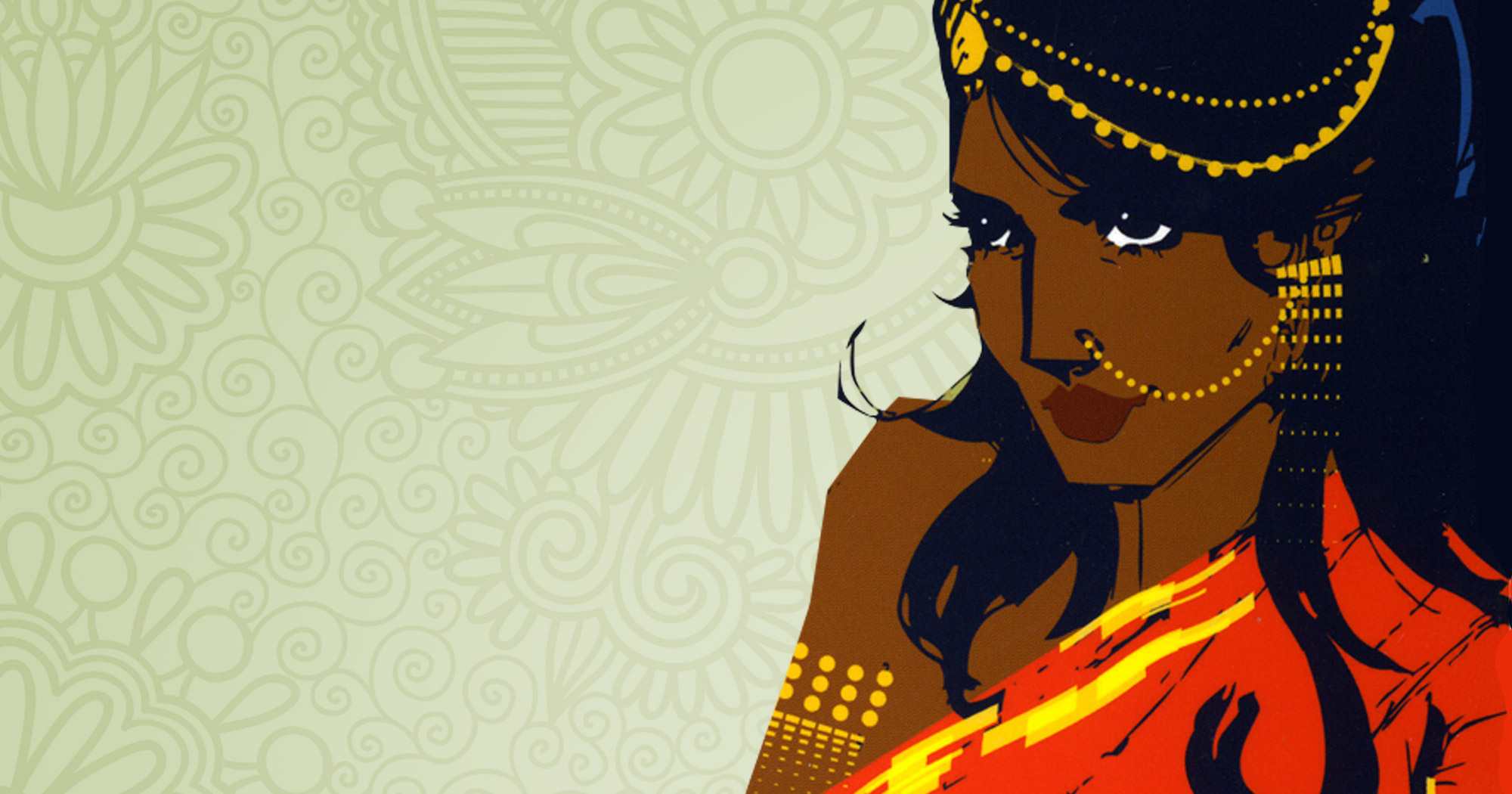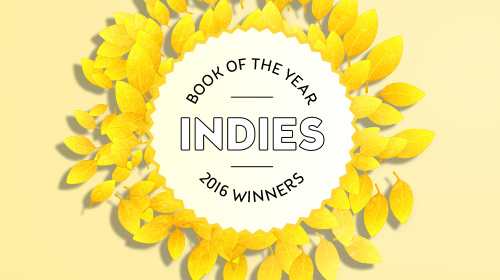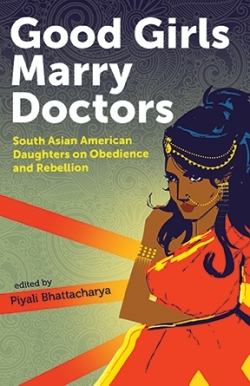Immigrant Stories Inside Immigrant Stories; South Asian American Women Find a Voice

There are immigrant stories, and then there are stories within immigrant stories. Often, these tales-inside-tales involve the transition of women from a traditional role to an “American” one, and all the attendant cultural strife, shock, conflict, and even humor.

What drew my attention to one of our INDIES Book of the Year Awards honorable mentions was that these stories of cultural transition are told through the perspective of South Asian Women, voices not often heard in American literature.
I was curious, so I contacted Piyali Bhattacharya, editor of the anthology, Good Girls Marry Doctors: South Asian American Daughters on Obedience and Rebellion, published by Aunt Lute Books, a nonprofit multicultural women’s press. We talked about the positive reaction to the anthology among South Asian American women, and just what does she mean by “rebellion.”
Reaction to this book among many South Asian American women seems to be along the lines of: “At last, a book that reflects my own experiences.” Is there a dearth of this kind of literature?

Piyali Bhattacharya: 'Often, women exercising their own agency is seen as rebellion.'
Yes, there certainly is. I think it’s quite rare for brown women of any ethnicity to see themselves represented in any kind of literature, and there is a particular kind of release for South Asian American women specifically that comes with seeing other names like theirs in print, and talking about the truths of their lives.
There are so many stereotypes about South Asian Americans. Did you set out to debunk them, or was this more a project about women’s voices?
I think if I wanted to debunk stereotypes, I’d have to create a book that weighed a ton (both physically and emotionally). I find that with writing, the character and the voice always have to come first. That is as true with fiction as it is with nonfiction. So, for this volume, I really wanted to put the spotlight on these women and their experiences. A byproduct of letting their voices ring out is perhaps the debunking of stereotypes, and that is lovely.
This question focuses specifically on the “rebellion” portion of the title. Is there a culturally specific way South Asian American women rebel?
I think “rebellion” is directly linked to how we are made to feel for our actions. In some families, to “rebel” is to separate oneself and live a completely different lifestyle. In others, to “rebel” is to not do the dishes. There’s such a wide range of what “rebellion” can be, and I think the thing that strikes me about our volume is truly the vast array of “rebellions” on display here.
The kind of stories that came to me through the submission process—I was stunned by the sheer spectrum of them. It proves that South Asian American communities are just as varied and multifaceted as other communities. Our “rebellions” are as varied as our personhoods are.
On another note, I keep putting the word “rebellion” in quotation marks because the title of the book is supposed to be tongue-in-cheek, and the “rebellions” to which we refer are actually not what we would call “rebellions” at all. We might call them choice. We might call them agency. We might call them women taking their lives into their own hands and refusing to apologize for it.
Often, women exercising their own agency is seen as “rebellion,” both in the South Asian context, and outside of it. That is what this kind of behavior has been named, but I think most of us who have written for this volume see our “rebellions” simply as choosing to follow our own paths.
How do these stories fit into the overall narrative of women in other cultural groups in the United States? Are there similarities and differences?
There are similarities and differences, both. Certainly, there are narratives here that speak more broadly of what it is like to be the child of immigrant parents. To those stories, I think many cultural groups can relate. But there are moments that are really specific to the South Asian context, and I think that to narrow the book down to this particular group is to say that that not all immigrant communities function the same way, and that each immigrant community’s specific nuances deserve to be examined for what they are on their own terms.
What is your personal background, and how and why did you launch this project?
I’m a writer-in-residence at Vanderbilt University, where I teach creative writing in fiction and nonfiction. I’ve been working as a writer and editor in both of these fields for the past decade, living all over India, the U.K., and the U.S.
I was born in New York City and grew up mostly in Westchester County, with long stints in Calcutta over the summers, and a few years at Calcutta International School from sixth to eighth grade. I think this very varied childhood (and adulthood) gave me many different perspectives on my life as a child of diasporic parents.
My constant interest in gender and women’s studies led me to want to focus this project on women, thinking specifically about the burdens women carry in cultural communities. Mostly, I wanted to create a space for “us:” brown, American and Canadian women like me who felt like they didn’t have a community of other people like them to talk to. I want other South Asian American daughters to feel understood when they read our stories. I want them to feel like they are not alone.
South Asians are a small minority in this country. South Asian women who are looking to carve unconventional spaces for themselves are even fewer. But in creating this volume, I want other South Asian American women to feel that though we may be small in number, we are strong when we stand together.

Howard Lovy is executive editor at Foreword Reviews. You can follow him on Twitter @Howard_Lovy
Howard Lovy
